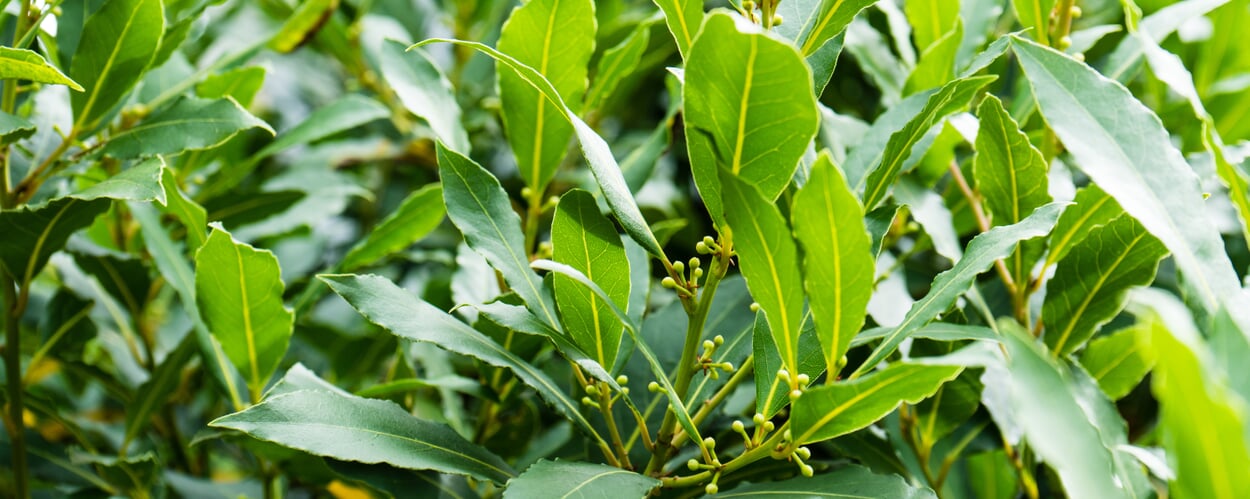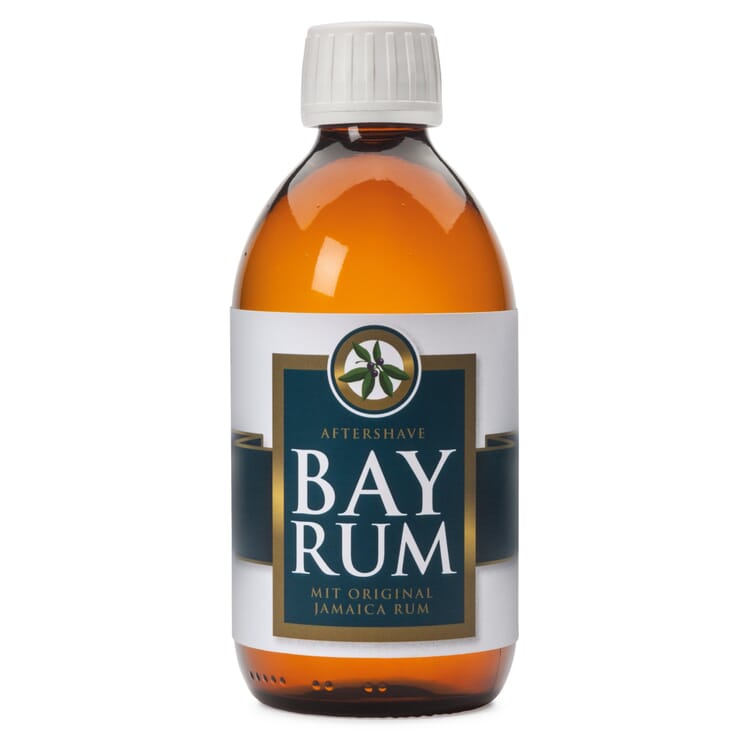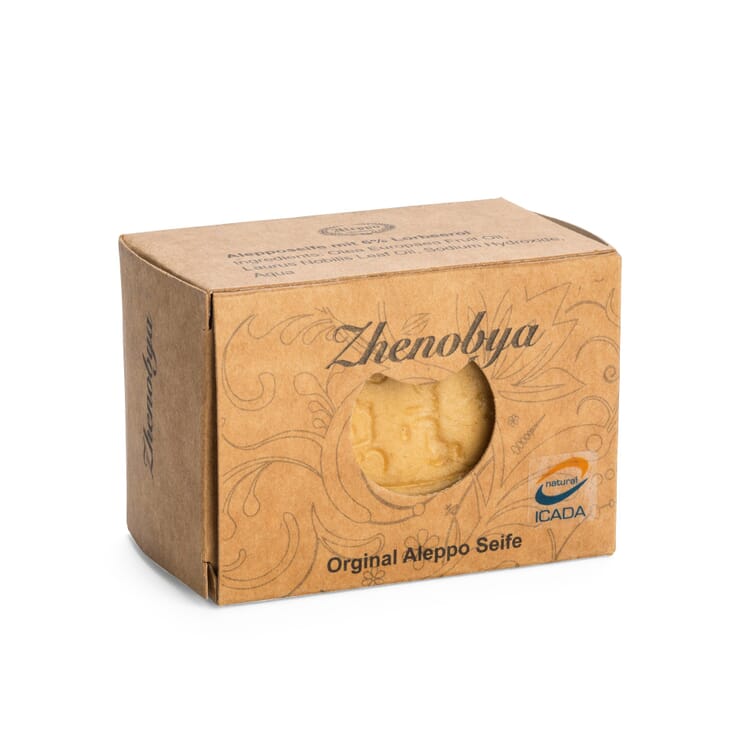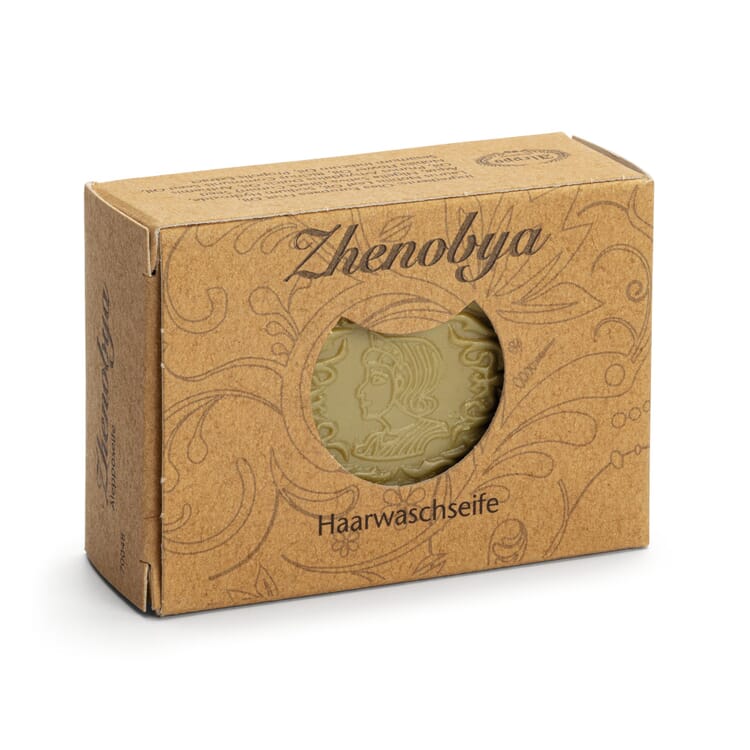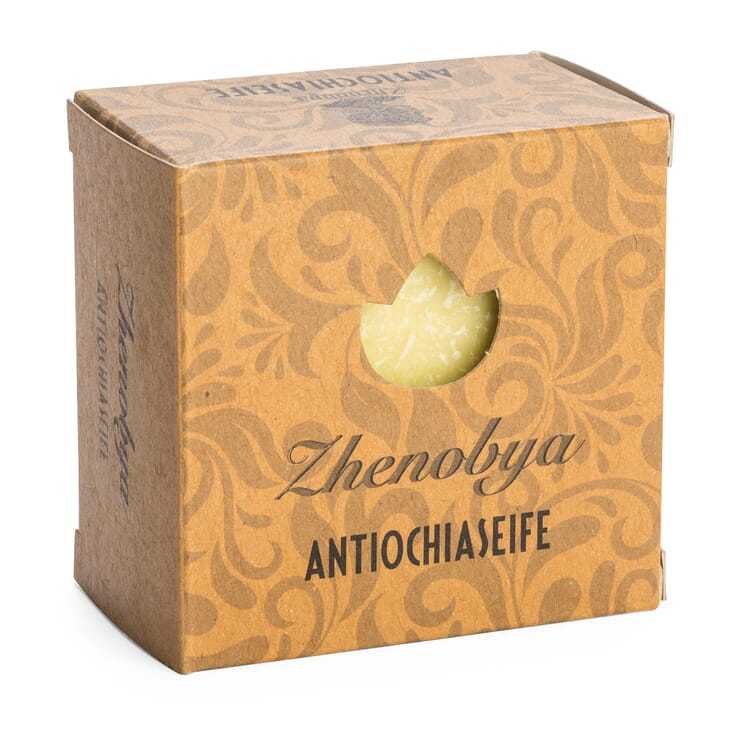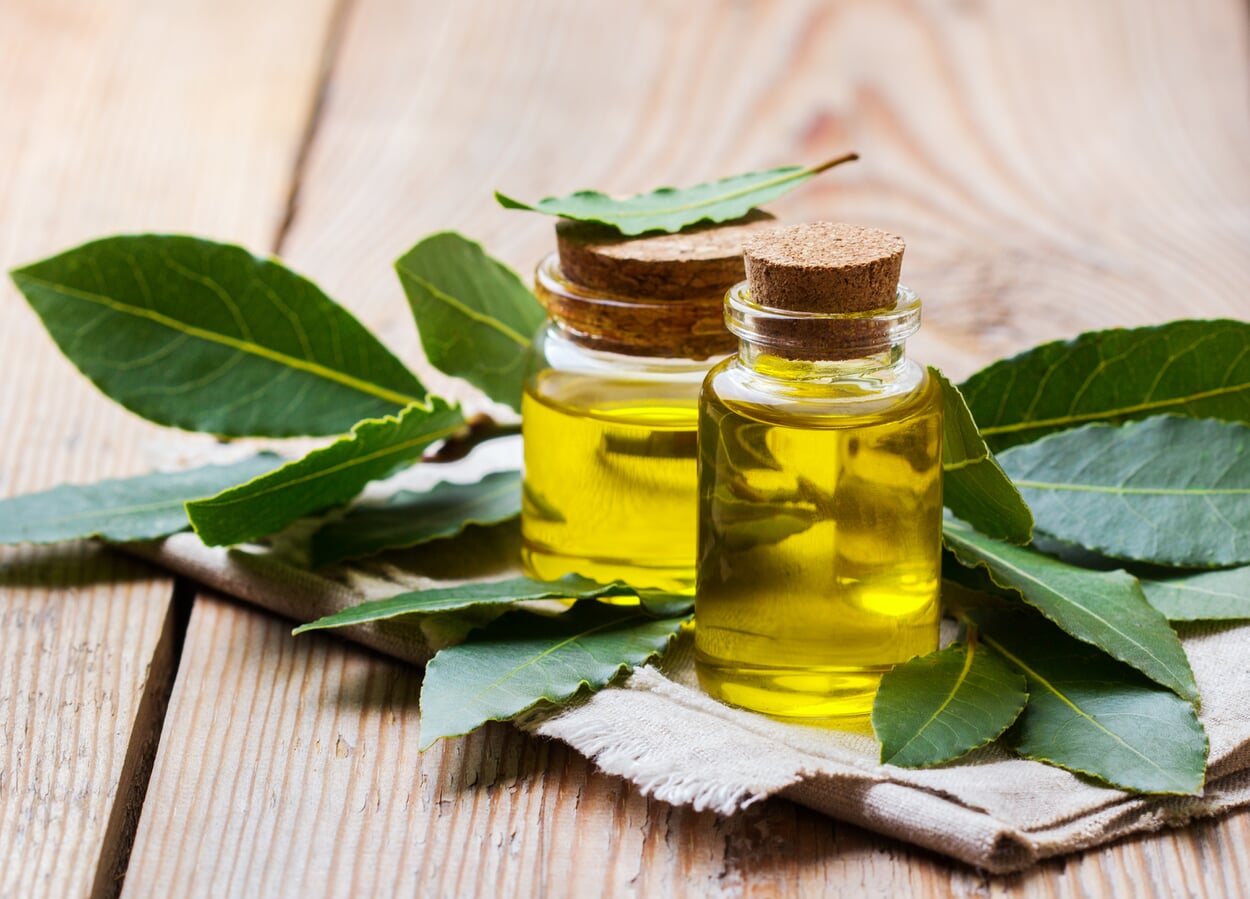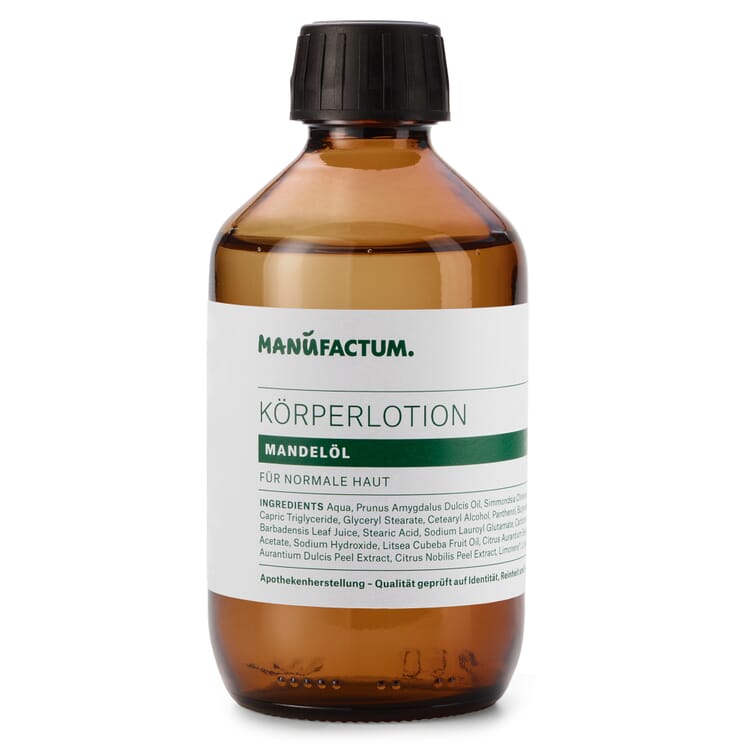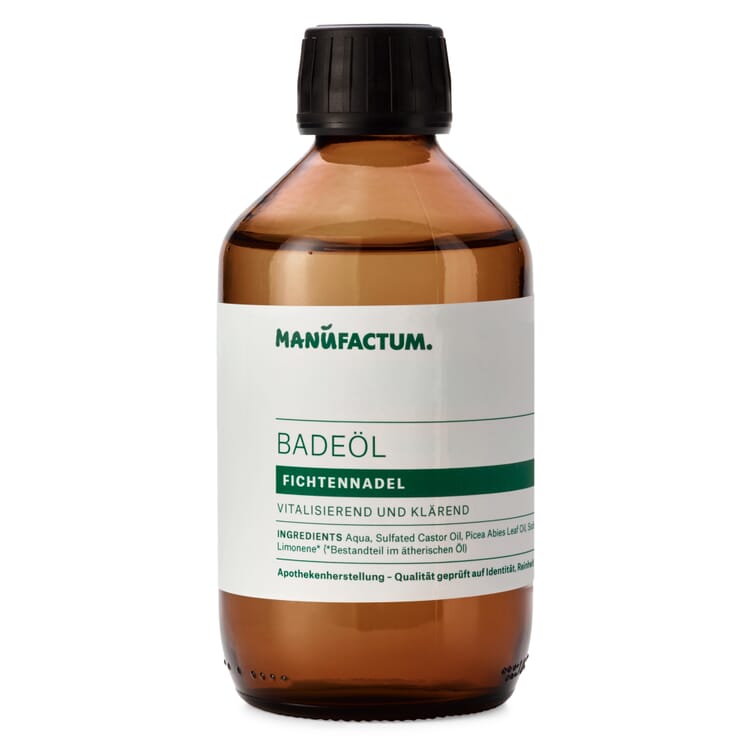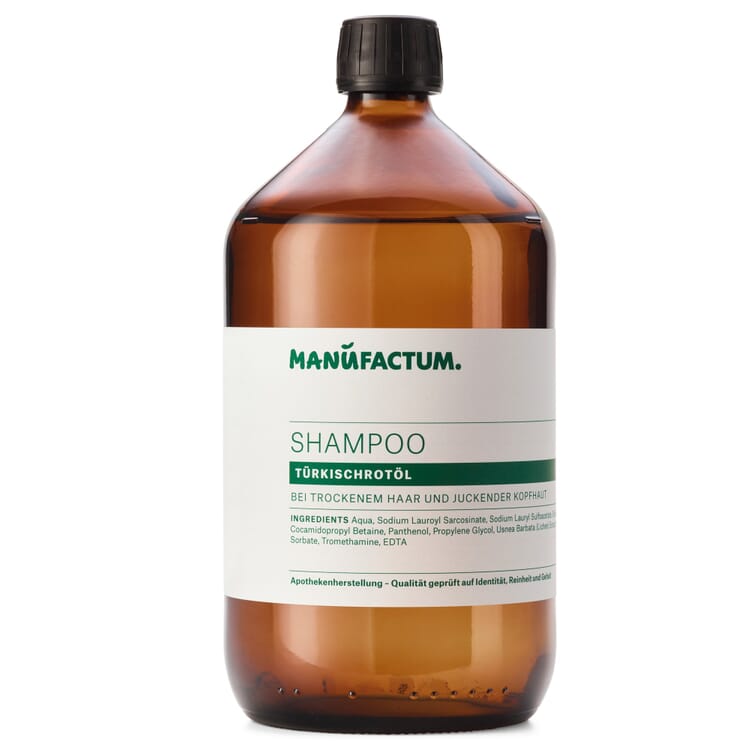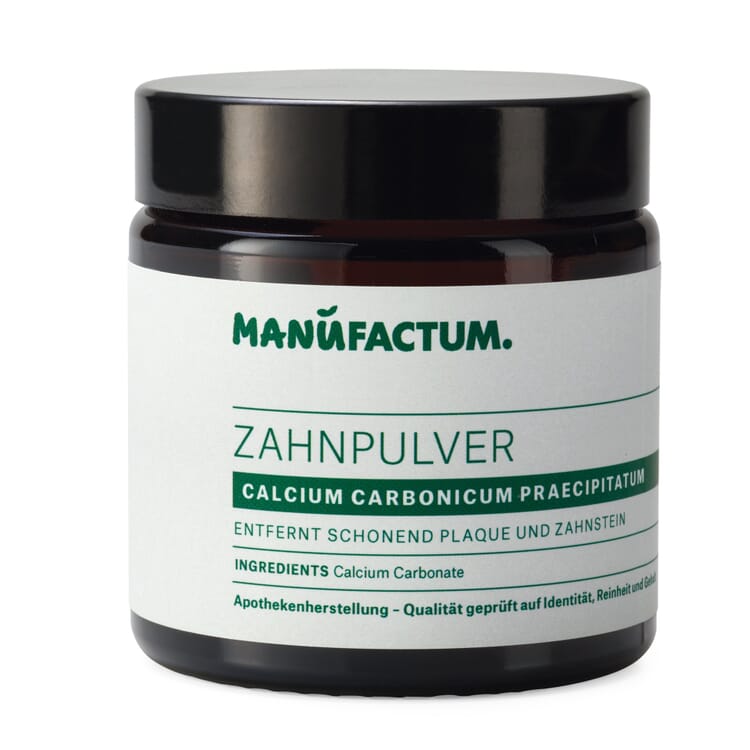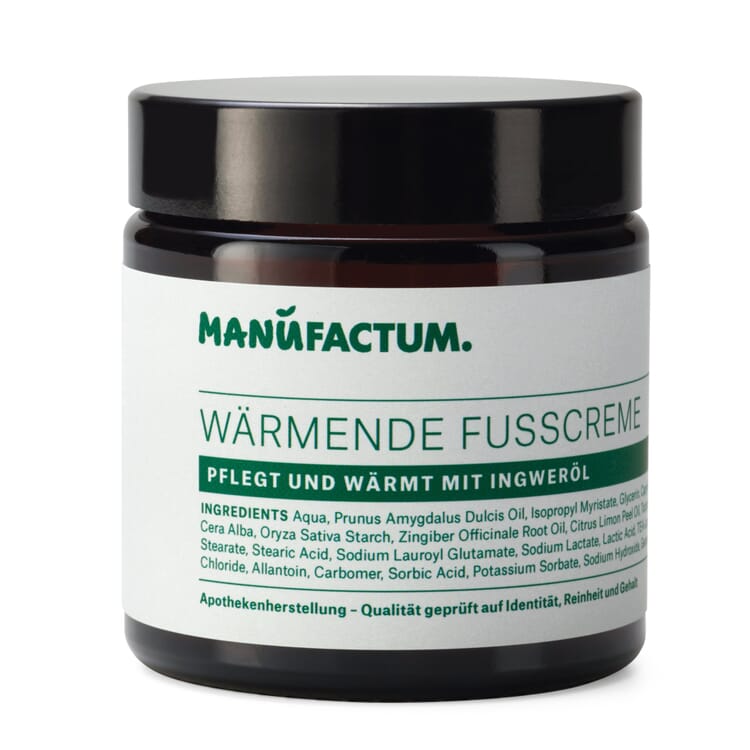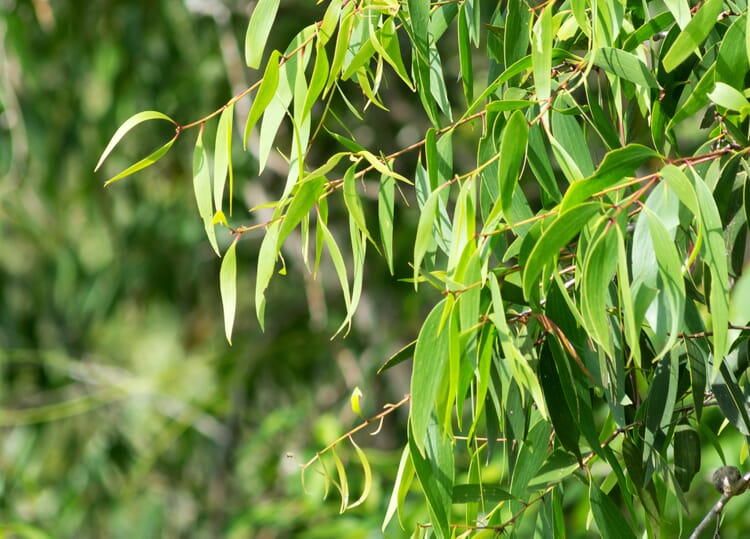Medicinal plants A|B|C
Bay laurel (Laurus nobilis)
The real bay laurel belongs to the laurel family and grows as a multi-stemmed evergreen shrub up to 15 meters high. There are many other species of plants called laurel, but they belong to other plant families; the only thing they have in common is that their leaves also have an aromatic smell. The leaves of the true laurel have a shiny surface and a slightly wavy edge. Its bright yellow flowers appear from May to July, and the fruits are blue-black shiny berries.
Origin and cultivation
Real laurel is native to the Old and New Worlds. It tolerates little frost, so it thrives mainly in subtropical climates and can form entire laurel forests there - for example, on the Canary Islands and in northern New Zealand. Throughout the Mediterranean region, the bay laurel can be found in the wild, but it is also cultivated as a medicinal and spice plant in plantations; the largest producer for the world market is Turkey. In Germany, it is grown commercially at Lake Constance and in the Rhineland, but without winter protection it would not reliably survive the winter here.
Ingredients
Laurel oil is the name given to two quite different products. Firstly, the laurel fruits contain about 25 percent fatty oil; the laurel oil obtained by pressing them is waxy and has a deep green color due to the high chlorophyll content. It has a circulatory, mild analgesic and antiseptic effect. Secondly, laurel oil is also the essential oil obtained from the leaves by distillation, which is colorless and thin - about 70 kilograms of laurel leaves are needed to obtain one kilogram of essential laurel oil.
Products with laurel
Use of the laurel
- Pressed laurel oil is only used externally, for example as a component of Aleppo soap or in ointments against rheumatic diseases.
- Because it promotes blood circulation, it also helps as an ingredient of ointments against bruises and sprains.
- In cosmetics, the moisture-balancing properties of pressed laurel oil are used. Its slightly antiseptic effect supports the regeneration of damaged skin.
- The essential laurel oil obtained by distillation is used, for example, as a component of room fragrances. It repels mosquitoes and flies and can also be applied to the skin in diluted form for this purpose.
Bay leaves are also used as a kitchen spice. Only if they are dried in the shade, their green color is preserved; the aroma increases and bitter substances are reduced. Even after drying, storage away from light is important. Pale or braune leaves are of inferior quality; they are overaged or have been dried in the sun.
Exclusive Manufactum body care products
Recommended Topics
German Chamomile has been growing as a cultural companion near settlements, for example, along the edges of fields and on fallow land, since the late Stone Age. Early on, it also found a place in farm and monastery gardens as one of the most important medicinal herbs. The entire plant exudes the typical scent of chamomile, its leaves are multipinnate and feathery in appearance. From May to September, the flowers appear with a white corona and a yellow center, which becomes more and more bulging as the flowering period increases.
View moreThe up to 80 centimeters high semi-shrub smells strongly aromatic, its silvery-green leaves stand out due to their wrinkled surface and felt-like hairiness. The fact that sage is one of the oldest and most effective medicinal plants is evident from its name: It derives from salvare, to make healthy. Sage is also used as a seasoning herb in the kitchen, even when dried, the leaves retain their aroma. The sage flowers, which appear from May to August, are also edible.
View moreThe more than 600 species of eucalyptus are native to Australia and eastern Indonesia. With heights of up to 100 meters, some species of the evergreen and mostly fast-growing trees are among the largest on earth. The blue-green, leathery leaves are still ovate on young trees, later forming crescent-shaped, drooping forms. The feathery flowers are protected by a tight lid before they bloom, hence the name: in Greek, "eu" means good and "kalyptos" means hidden.
View more
